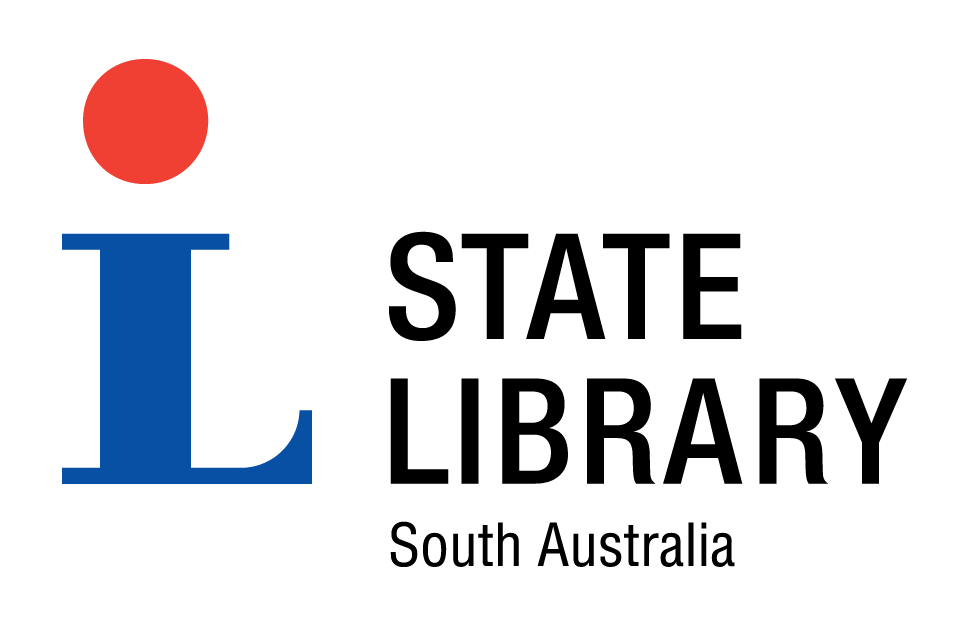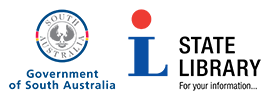
Details of explorations to be recorded |
|||
|---|---|---|---|
| Title : | Details of explorations to be recorded |

|
|
| Creator : | Flinders, Matthew, 1774-1814 | ||
| Source : | Voyage to Terra Australis..., p. 9 | ||
| Place Of Creation : | London | ||
| Publisher : | G. and W. Nicol | ||
| Date of creation : | 1814 | ||
| Format : | Book | ||
| Contributor : | State Library of South Australia | ||
| Catalogue record | |||
| The State Library of South Australia is keen to find out more about SA Memory items. We encourage you to contact the Library if you have additional information about any of these items. | |||
| Copyright : | Reproduction rights are owned by State Library of South Australia. This image may be printed or saved for research or study. Use for any other purpose requires permission from the State Library of South Australia. To request approval, complete the Permission to publish form. |
| Description : |
Matthew Flinders' instructions included details of what he is to record. Weather, soil and inhabitants are all to be recorded, in addition to exact locations for all points of note along the coast. Rivers, if discovered, are to be examined as far upstream as possible by small boat. He does have to help him in these tasks, the 'scientific gentlemen' as he calls them: Robert Brown, botanist, Ferdinand Bauer, botanical artist, William Westall, landscape artist as well as Peter Good, gardener and John Allen, miner/mineralogist. In addition, he had been supplied with an astronomer, John Crosley, to assist with astronomical observations for establishing their locations. However he had left the expedition, due to ill-health, at Cape Town on the voyage out. Flinders was confident of his owns skills in this department, as well as those of his First Lieutenant, his brother, Samuel. In an epic voyage of discovery lasting from 1801 to 1803, Matthew Flinders was the first to circumnavigate the island continent known as New Holland. On 18 July 1801, Flinders sailed from Portsmouth in HMS Investigator to explore the continent's 'unknown coast', sighting Cape Leeuwin, Western Australia, on 6 December. By 27 January 1802, the Investigator was near the head of the Great Australian Bight. From February to March 1802, the British crew surveyed Spencer Gulf, explored Kangaroo Island, and charted St Vincent Gulf. Neither of these gulfs led far enough to the north to connect with the Gulf of Carpentaria. There was also no sign of a major river entering the gulfs, or of an inland sea. Flinders examined the very head of Spencer Gulf in a small boat endeavouring to get as far up it as possible. Robert Brown and Ferdinand Bauer, his scientific staff, with a party of men, climbed Mt Brown in the adjacent ranges and from its summit saw no indication of large rivers, or of a strait leading to the north. |
| Subjects | |
| Related names : | Bauer, Ferdinand Lukas, 1760-1826 Brown, Robert, 1773-1858 Flinders, Matthew, 1774-1814 Investigator (ship) Westall, William, 1781-1850 |
| Coverage year : | 1801 |
| Period : | Pre-1836 |
| Place : | Australia |
| Further reading : | Flinders, Matthew, A voyage to Terra Australis ... Adelaide: Libraries Board of South Australia, 1966 Estensen, Miriam Discovery: the quest for the great south land St Leonards, N.S.W.: Allen & Unwin, 1998 Terra Australis to Australia edited by Glyndwr Williams and Alan Frost Melbourne: Oxford University Press in association with the Australian Academy of the Humanities, 1988 Schilder, Gunter Australia unveiled: the share of the Dutch navigators in the discovery of Australia Amsterdam: Theatrum Orbis Terrarum, 1976 |
| Internet links : | State Library of South Australia: Encounter 1802-2002: Flinders' voyage National Library of Australia: South Land to New Holland State Library of New South Wales: Discover collections: Flinders' journeys Australian dictionary of biography online: Robert Brown |
| Exhibitions and events : | State Library of South Australia: Mortlock Wing. Taking it to the edge August 2004- |


